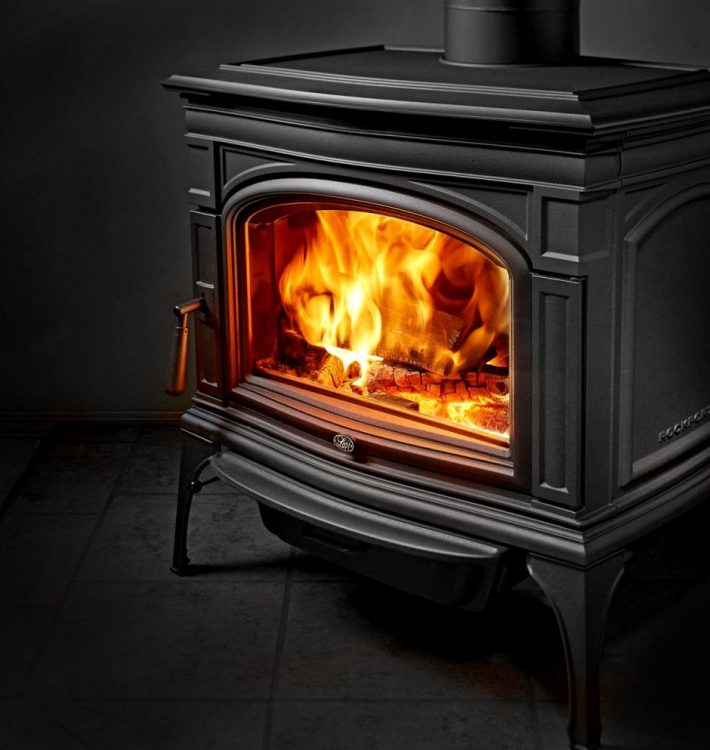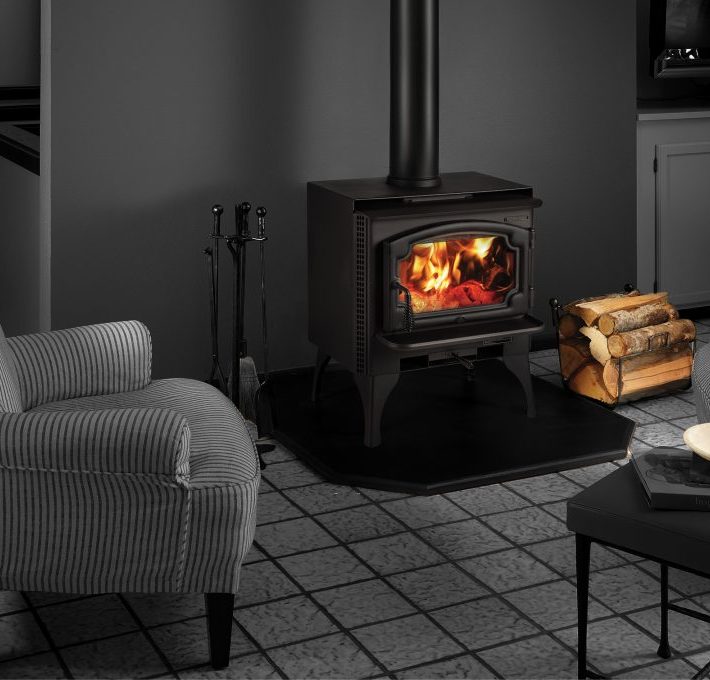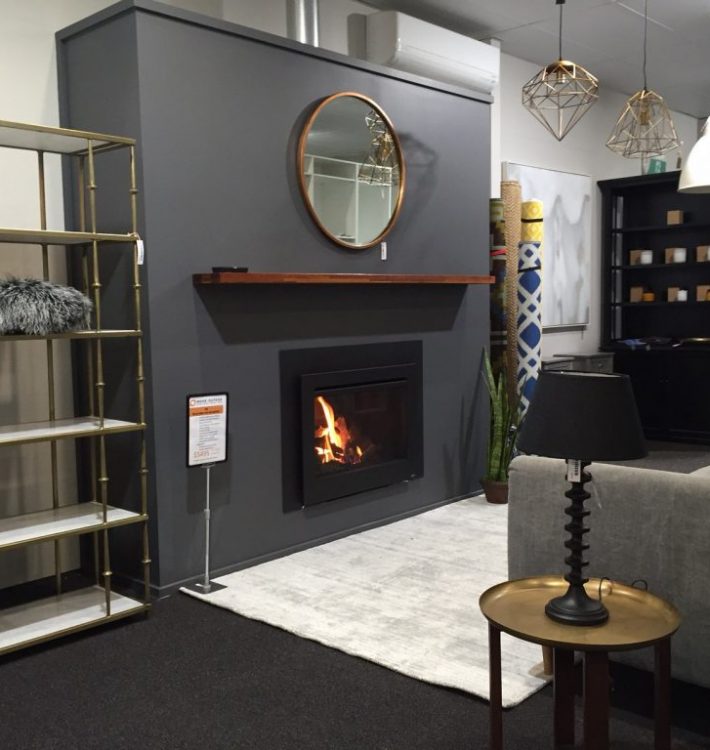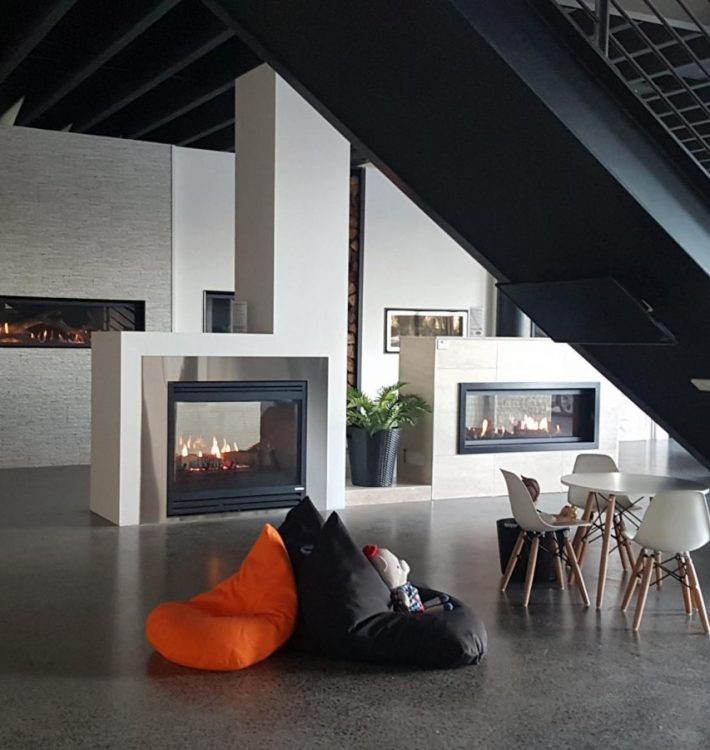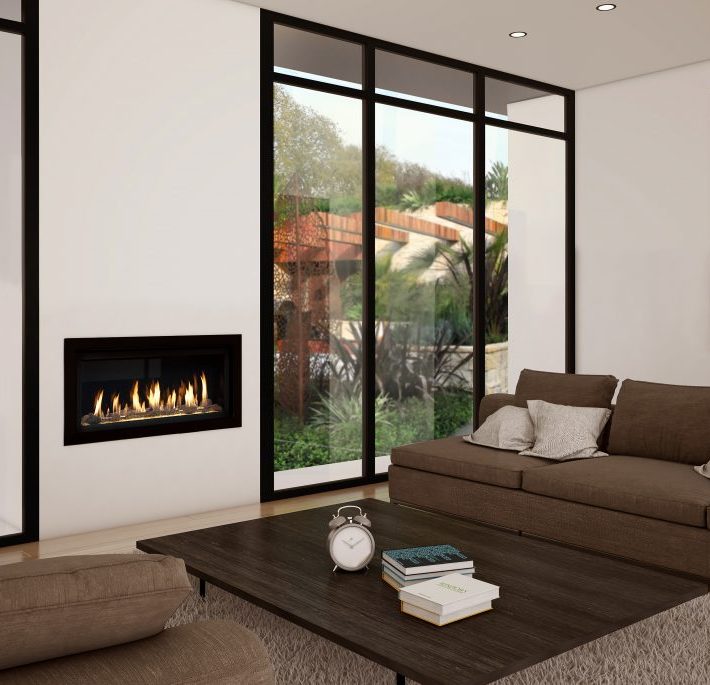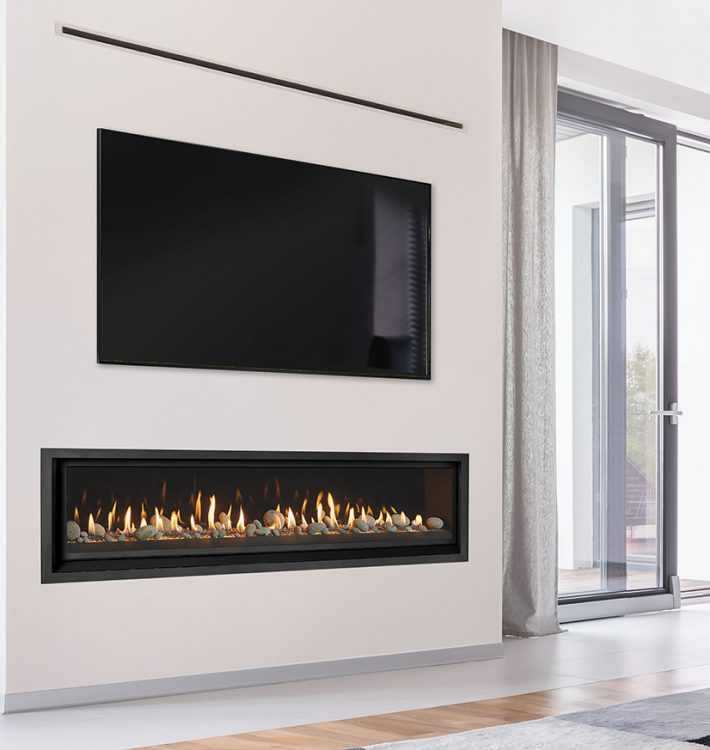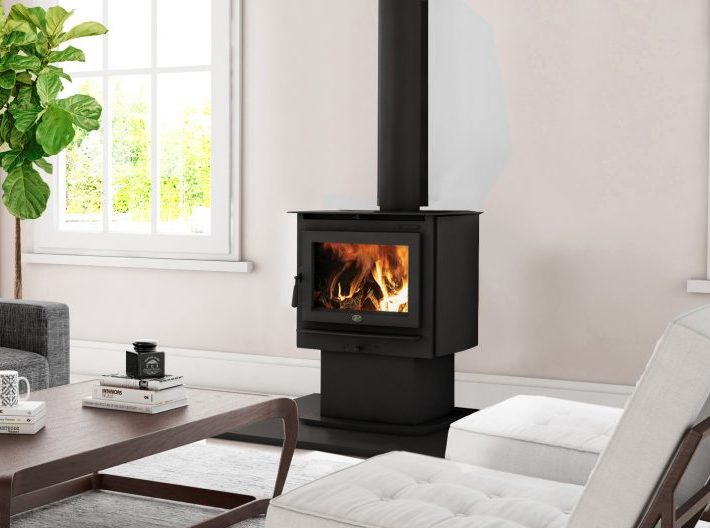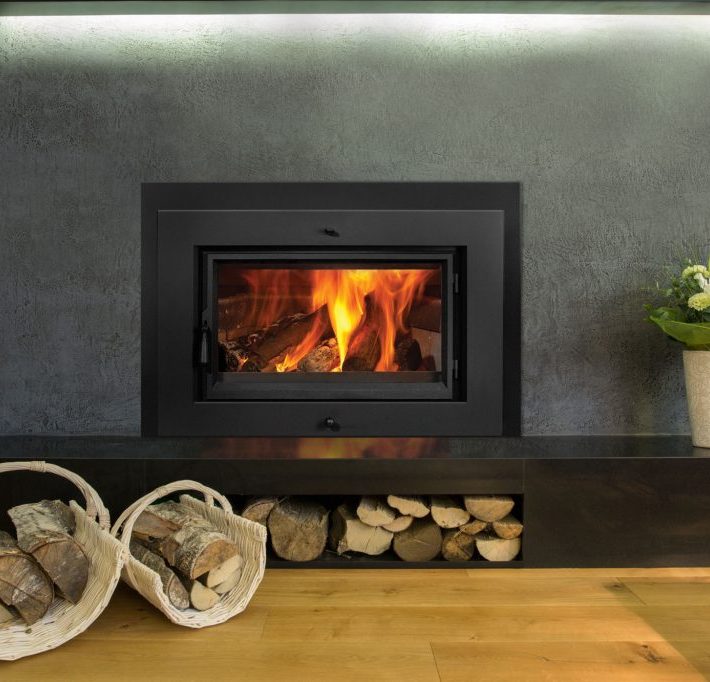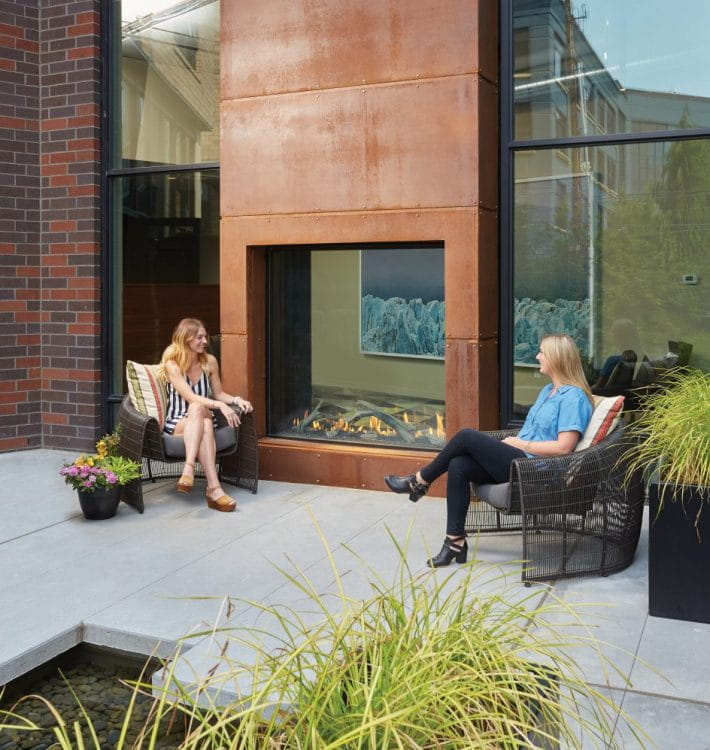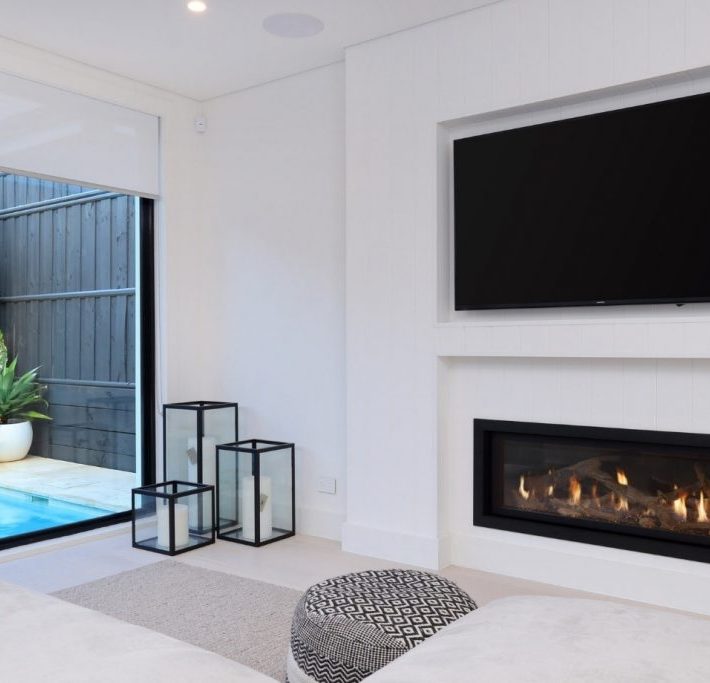21 August 2020
Tips for Increasing the Efficiency of Your Wood Heater

Generally, Wood fireplaces give your home a robust, warm and cosy feel. Nonetheless, it helps to ensure that you are being energy efficient to save money on maintenance costs. For many years, inefficient open fireplaces were the order of the day, and most of them were estimated to only being capable of utilising 15% of wood energy for heat generation. However, with the advent of several energy-efficient technologies also came the invention of energy-efficient wood and gas fireplaces. By implication, today’s fireplaces have helped home owners to maximise the energy efficiency of their wood heater to over 75%. Although this is as an excellent advancement in technology, there are many more ways fireplace owners can maximise the energy efficiency of their wood heater.
Here are some simple and effective energy saving tips to increase the efficiency of your wood heater.
Schedule Routine Chimney Sweeps
Chimneys (flue/vent pipe) tend to get dirty and clogged when they stay too long without a proper sweep. Creosote can build on the inside of the flue which can reduce the performance of your wood fireplace significantly. Hence, it is essential to consistently schedule a routine chimney sweep to ensure that your chimney is in good condition all the time.
Operate Your Fireplace Correctly
Running your wood heater correctly is essential to getting the most out of your timber and maintaining heat in your home.
If you are operating your wood heater as the main source of heat in your home the general rule of thumb is to ‘maintain heat.’ Never let the home cool down too much otherwise you will be using more fuel than necessary to heat it back up again.
Use Dry Fire Wood
Burning dry hard wood is essential in maximising the amount of heat generated from your wood heater. If the wood is too wet, then it will not burn hot enough meaning you tend to add more fuel to compensate. Another downside of burning wet hardwood is that creosote tends to form on the glass door and in your flue. This could potentially cause a flue fire.
Insulation
As with all fireplaces, the longer you can maintain the heat generated in the room or home, the more energy-efficient it will be. Ensure that your home is as well insulated as much as possible and the rooms that are to be heated are closed off from those that are not. This could mean installing wall or roof insulation if possible, to help with the energy performance of your home. Covering openings at the bottom of external doors to help stop cold air from getting in and heat escaping is another simple trick that is an easy job.
Install a Heat Transfer System
Installing a heat transfer system in you ceiling/roof space allows the heat generated from you wood heater in one room to be transferred to multiple areas of your home. Heat transfer kits are available from multiple suppliers and simply duct unwanted heat from the ceiling (where youe heater is positioned) through venting pipe with an in-line fan system.
Install a Ceiling Fan
A ceiling fan in reverse or in winter mode will help distribute heat in the room by moving it across the ceilings and down the walls. This is especially helpful when there are taller ceilings in a home.
These simple but efficient tips are both environmentally and budget-friendly. If you can still enjoy the same quality of heating, at a lesser cost in regard to both maintenance and carbon footprint, why not maximise the energy efficiency of your home with a Lopi wood fireplace?
Read Also:





























